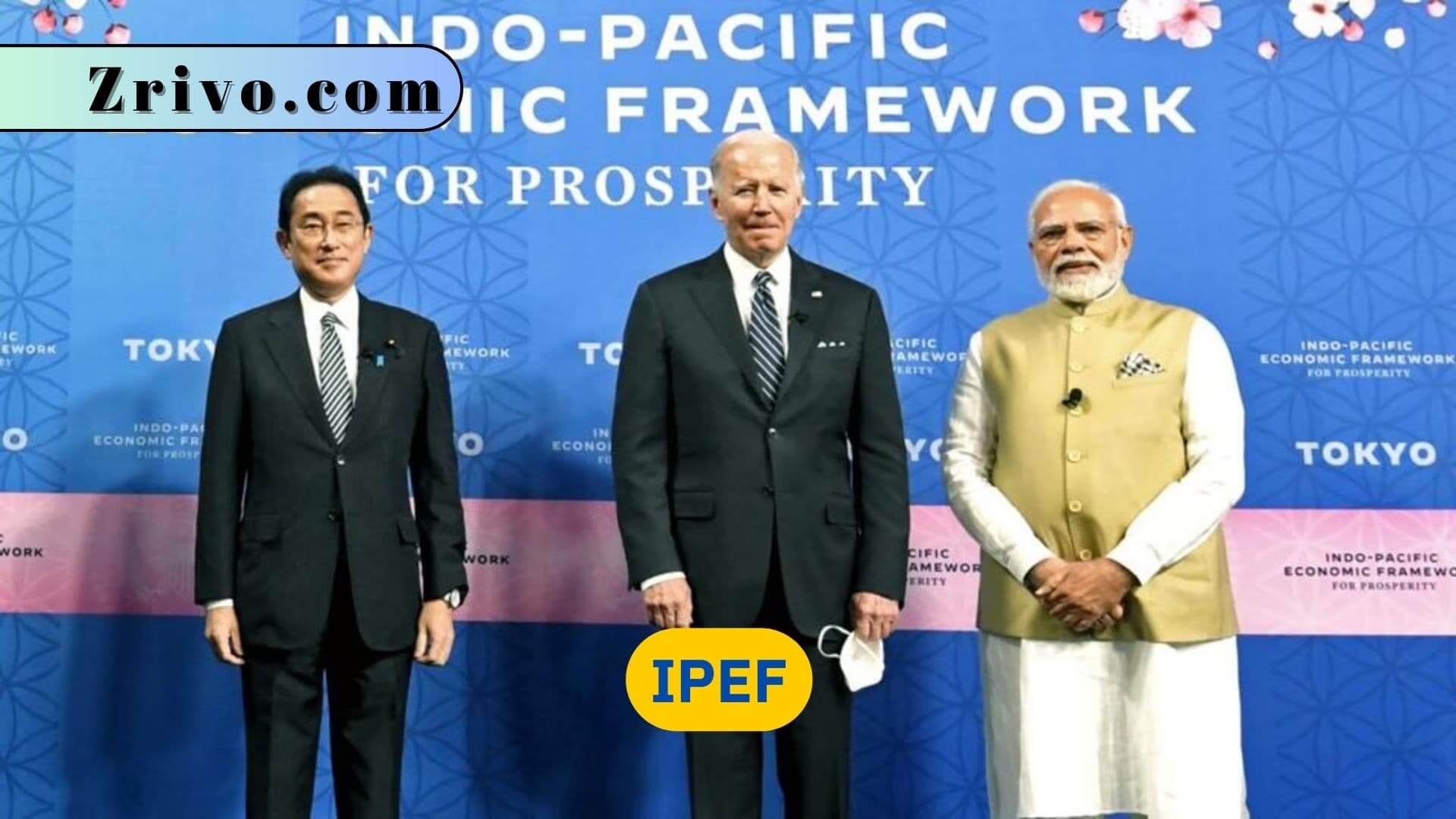
As the Biden administration launches its flagship economic initiative to counter China’s economic statecraft in Asia, some partners and private sector stakeholders remain concerned about the durability of the Indo-Pacific Economic Framework for Prosperity (IPEF). Designed as the economic counterpart to the United States’ new Indo-Pacific strategy, IPEF is intended to reassert U.S. engagement in a region increasingly important to the global economy and regional security.
However, it is a non-trade agreement, lacking any market access incentives and with few specifics on the scope of its activities. As a result, many observers have raised concerns that IPEF could simply be an elaborate form of trade-promoting “friend-shoring,” subsidized by the US government to benefit companies that move production outside of hostile countries with which it does not have a free-trade agreement. This is a theme explored in Roosevelt’s Monkey Cage column and a recent policy brief.
The initial launch of IPEF in May 2022 drew more participants than expected, including close advanced economies such as Japan, Australia, Singapore, and South Korea, as well as South Asian and South Pacific nations with growing economic ties to the United States. In fact, the IPEF’s first ministerial meeting was convened in the presence of all 14 participating countries. The second, held virtually in July, produced tepid results. The US Department of Commerce and USTR released a joint readout that offered few details of the discussions, and it remains unclear what the next steps will be for the IPEF.

What is the Motive of IPEF?
13 countries—Australia, Brunei, Fiji, Indonesia, Japan, Malaysia, New Zealand, South Korea, Singapore, Thailand, and Vietnam (Taiwan was left out)—are currently engaged in negotiations under the four pillars of the initiative (trade, supply chains, clean economy, and fair economy). Collectively, they account for about 40 percent of global GDP. At a recent meeting in Los Angeles, the 13 nations outlined their negotiating objectives. CSIS Senior Economist Chad Bown explains how these compare with the goals of other agreements, such as the Trans-Pacific Partnership (TPP).
A key difference is that IPEF is an executive agreement that does not require congressional approval to enter into force. This approach may help the Biden administration avoid a highly politicized fight for domestic ratification, but it also signals to foreign partners that the United States does not intend to make significant concessions in return for a negotiated outcome. This weakens the credibility of the framework as a durable trade architecture, as CSIS research has shown.